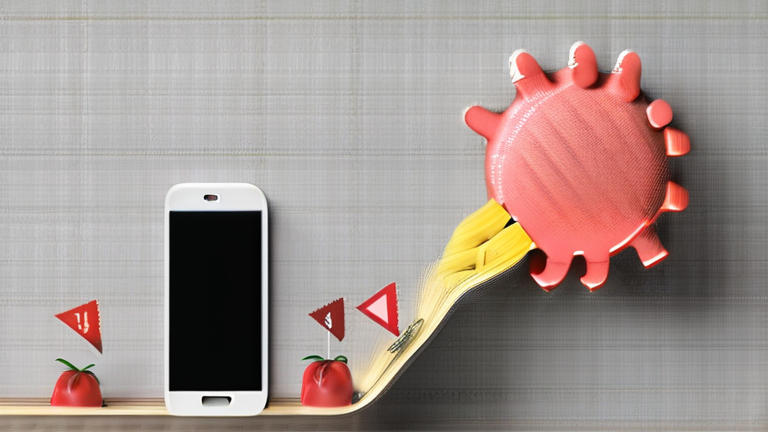How to Use a Multimeter for Beginners
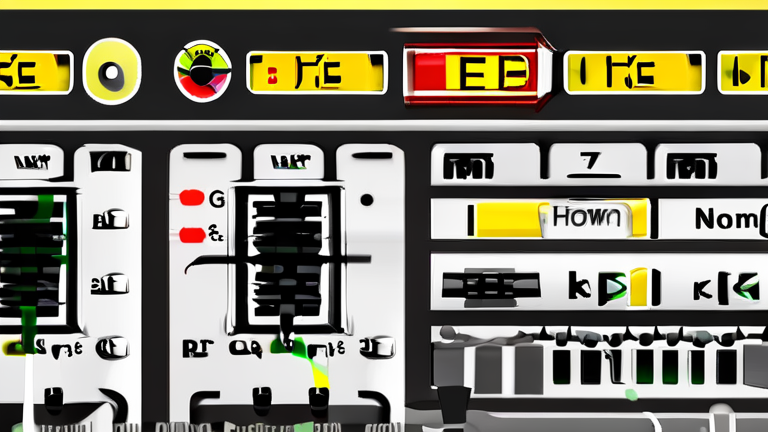
How to Use a Multimeter for Beginners
As a beginner, using a multimeter can seem daunting, but with the right guidance, you can master the basics in no time! A multimeter is an essential tool for any DIY enthusiast, hobbyist, or professional electrician. It allows you to measure various electrical properties such as voltage, current, resistance, and continuity. In this post, we will walk you through the step-by-step process of using a multimeter for beginners. Read more
Understanding the Multimeter
Before we dive into the usage, it's essential to understand the basic components of a multimeter. A typical multimeter consists of a dial or button pad that allows you to select the type of measurement you want to take, a display screen that shows the measurement results, and test leads that connect to the device or circuit you're measuring. Familiarizing yourself with these components will help you navigate the multimeter with ease. Read more
Setting the Multimeter
To set your multimeter, start by turning it off and then flip the dial or press the button to select the desired measurement function. For instance, if you want to measure voltage, set the dial to "VΩmA" and ensure the voltage range is set to the correct value (e.g., 10V or 20V). Make sure to set the multimeter to the correct range to avoid damage or inaccurate readings. Read more
Measuring Voltage
To measure voltage, connect the positive (red) test lead to the positive terminal of the circuit or device and the negative (black) test lead to the negative terminal. Make sure to keep the leads away from each other and other electrical sources to prevent any interference. Once connected, take a reading by looking at the display screen. The voltage reading will be displayed in volts (V). Read more
Measuring Current
To measure current, connect the positive (red) test lead to the circuit or device and the negative (black) test lead to the negative terminal. Then, press the current-holding clamp on the wire or conductor you want to measure. The multimeter will display the current reading in amperes (A). Be cautious when measuring current, as it can cause damage to the device or circuit if not done properly. Read more
Measuring Resistance
To measure resistance, connect the positive (red) test lead to one end of the circuit or device and the negative (black) test lead to the other end. The multimeter will display the resistance reading in ohms (Ω). Make sure to set the multimeter to the correct range for the specific measurement. Read more
In conclusion, using a multimeter for beginners requires a basic understanding of the device's components and functions. By following the step-by-step process outlined in this post, you can confidently use a multimeter to measure voltage, current, resistance, and continuity. Remember to always follow safety guidelines and set the multimeter to the correct range for accurate readings. Happy measuring! Read more
Popular posts
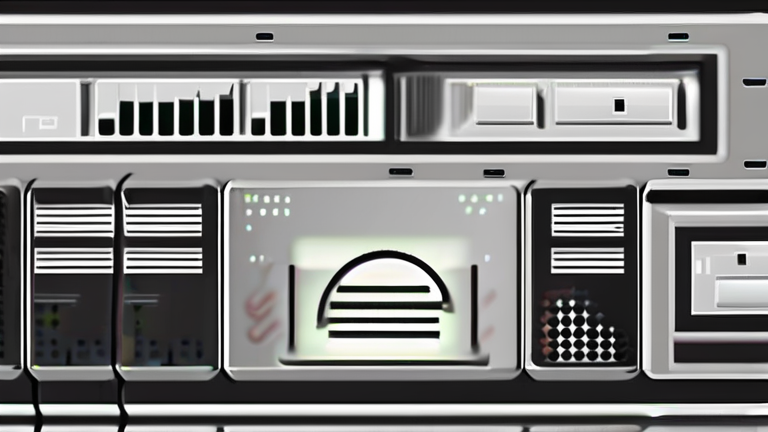
How to Learn Ethical Hacking Without Going to Jail
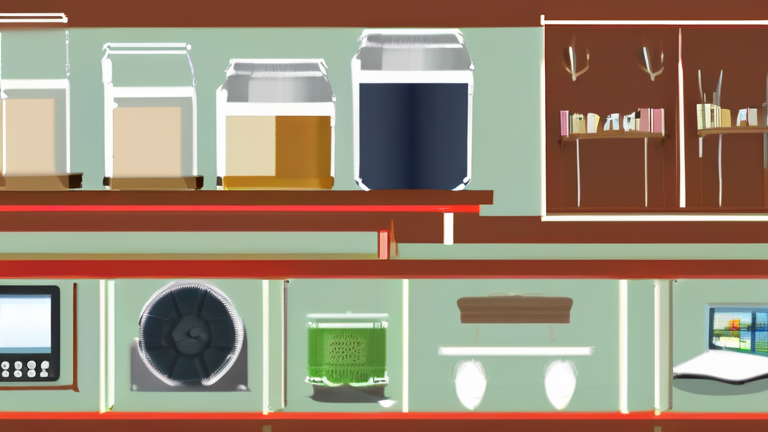
DIY projects for off-grid digital living

10 Best Web Hacking Tools You Need to Have as a Cyber S..
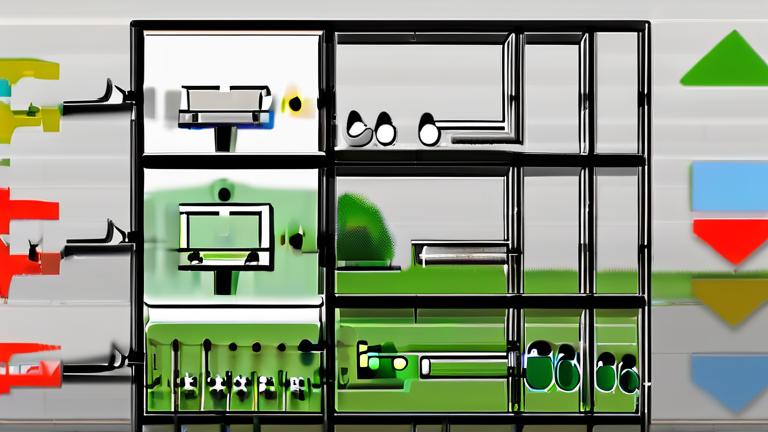
How to Build a DIY Weather Station

Quantum network MITM techniques

How Teens Are Earning $50k a Month on TikTok

10 Ways to Make Money Online You Should Know This Year
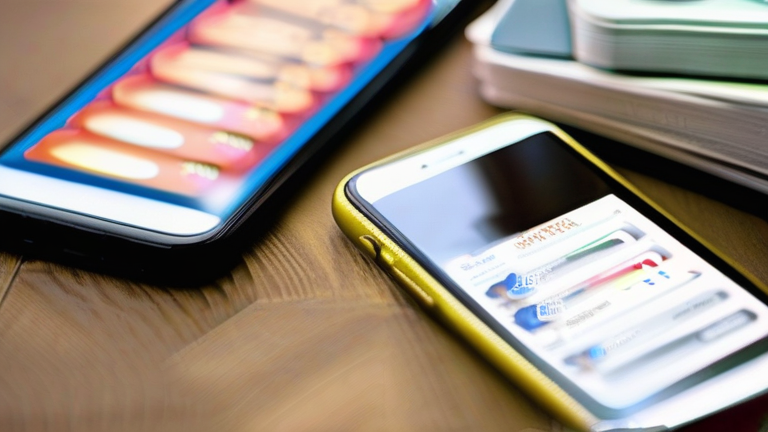
The Best Apps to Make Extra Money in Your Spare Time

The return of static websites in enterprise environment..

AI-generated fake archaeological finds
/the_hidden_side_of_tech_blogging_no_sagetech.jpeg)
The Hidden Side of Tech Blogging No One Talks About (Un..
_sagetech.jpeg)
Get Unlimited Traffic - Best Websites that offer auto-s..

Building your own penetration testing drone

How a Simple PDF Can Earn You Passive Income While You ..

AI-generated fake expert opinions

How to Make Money with AI in 2025 (Beginner’s Guide)

What is Phishing - How to Spot and Prevent Email Scams ..
_sagetech.jpeg)
This Free AI Tool Writes Codes and It’s Better Than M..

How to Build an AI Chatbot in 10 Minutes

How to Think Like a Scientist

How to Use ChatGPT for Faster Web Development
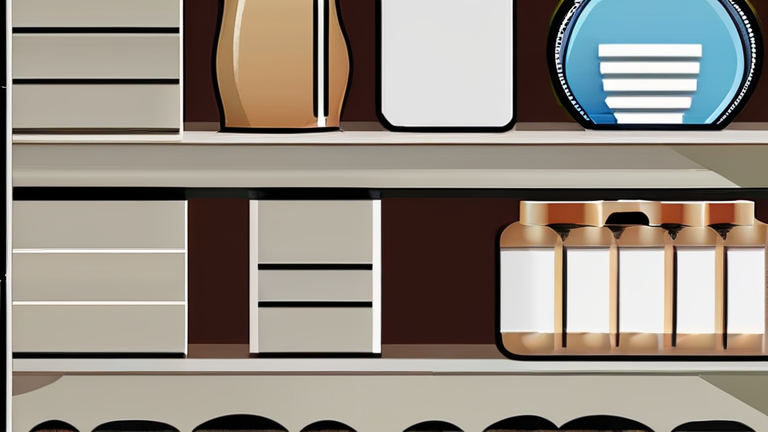
Why Some DIY Projects Are Easier Than You Think
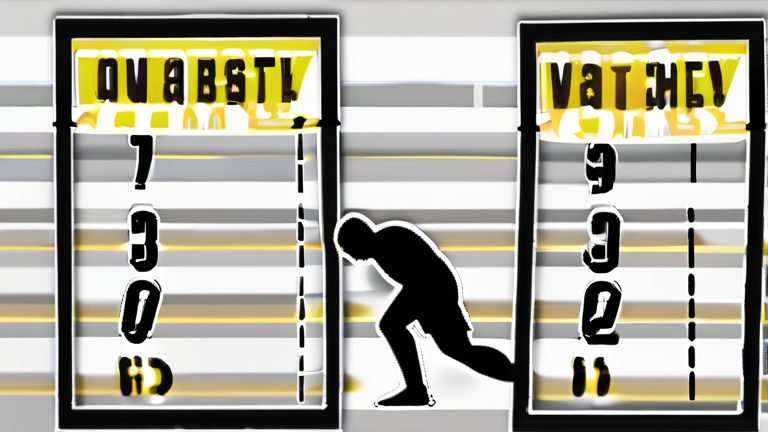
The Best Stretches for Wife Carrying Players to Prevent..

How to start a caja wine business
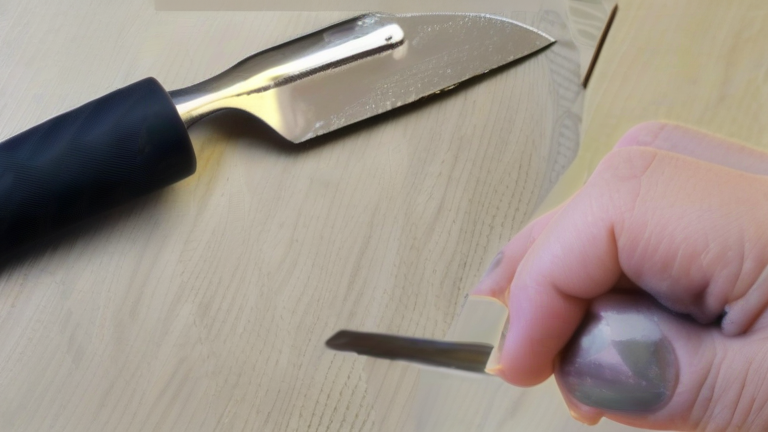
How to Make Your Own DIY Natural Silver Polish
